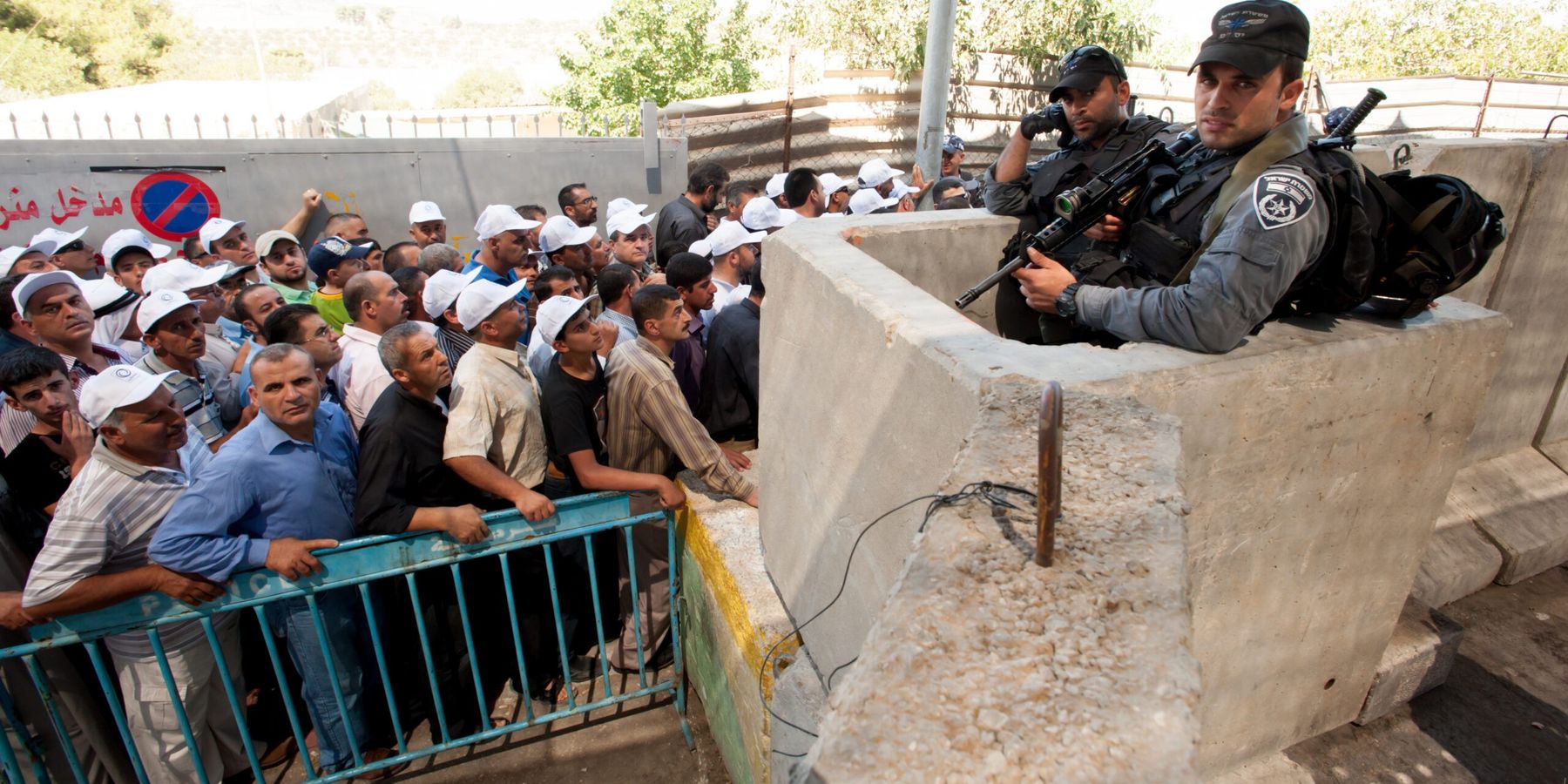From almost the first days of the Second Palestine War, U.S. officials have with increasing — if nonetheless ineffective stridency — called upon Israel to establish an acceptable plan for “the day after.”
Led by Secretary of State Antony Blinken, Washington wants a roadmap of what Israel intends to do with the Gaza Strip and its two plus million inhabitants, the vast majority now homeless in a spit of Palestine made all but inhabitable by the war.
Washington has declared its own nominal preferences – a return of the hapless PLO to Gaza, no forced expulsion of Palestinians, and no Israeli military occupation.
Americans like plans, even though their own plans for the conduct of recent wars and their aftermath – from Vietnam to Libya, Iraq, and Afghanistan – are nothing to be proud of. Yet this has not stopped the Biden administration from offering aspirational advice to the government of Benjamin Netanyahu – on issues ranging from the necessary levels of humanitarian aid to the deployment of the warfighting plan for Rafah, the need to empower a reformed PLO, and the tactics of the IDF in Gaza.
The Netanyahu government, with minor exceptions, has either rejected or ignored this American advice. Israel and its generals are willing to humor Washington as it dispenses operational insights gained from its misadventures in Afghanistan, Syria’s al Jazira and beyond, or the dubious advantages of “strengthening Abu Mazen.” It is watching with careful if bemused attention to the creation of an almost $320 million maritime humanitarian pipeline into Gaza, the administration of which is whetting the appetites of prospective private contractors.
But, like the “pier” now about to open on the Gaza beach, Washington’s remedies for Gaza in 2024 are so far removed from the challenges and opportunities as Israel sees them as to be all but irrelevant to the reconstruction of Gaza’s security and humanitarian environment, which remain all but exclusively in Israeli hands.
Indeed, this disconnect has been a central feature of Washington’s approach to Israel’s occupation writ large since June 1967. And Washington’s current effort promises to be no more successful than the almost half century of stillborn U.S. plans for addressing Israel’s enduring intention to prevent the creation of Palestinian sovereignty anywhere west of the Jordan River.
Consider for a moment the American, and indeed the international demand for an Israeli “plan” to solve the crisis in Gaza. Such a concept may be popular in western capitals, but it is an all but alien notion to Israeli policy makers today, just as it was to the generation of Israeli leaders who oversaw the West Bank and Gaza after Israel’s June 1967 victory.
The policy that now defines Israel’s actions in Gaza today has nothing whatsoever to do with U.S. experiences in Fallujah or Helmand. Nor would Israel be wise to see them as examples to be followed or even to learn from. Israeli policy today evolved in the aftermath of the 1967 war and was best described by its architect, Moshe Dayan. The challenge for Israel and the international community, he explained in 1977, was not to arrive at a “solution” to Israel’s occupation, but rather to learn to live without one (solution). Only in this way could Israel retain the freedom of action to ensure its strategic security — no Arab sovereignty west of the Jordan — and nationalist settlement objectives.
The West Bank settler population at that time was less than 15,000. Throughout the decades since 1967, and in Gaza today, Israel, eschewing master plans for achieving its overriding objectives, has exhibited a maddeningly opportunistic approach to its rule over the West Bank, which among other achievements now boasts more than one half million settlers.
Israel, in contrast to U.S. warnings, has a far more varied and arguably successful experience in how to plan for “the day after” in Palestine than has Washington, which busies itself with making security plans that have no security anchor and enjoining understandably reluctant Arab partners to join in the administration of and responsibility for Gaza’s boundless maladies.
In the Gaza Strip, war cabinet minister Benny Gantz explains that Israel will insist on 100% security authority but zero percent responsibility for civilian concerns. This policy is at odds with Washington’s call for a postwar retreat, but is consistent with Israel’s Occupation 101 playbook.
Washington hangs on to the prospect of the PLO’s resurrection in Gaza, a policy Israel has actively undermined for at least two decades. An Israeli television commentator recently marveled at Washington’s focus on the PLO and a two-state solution, for which, she declared, Israelis “hardly give a thought.”
In that vein, Deputy Foreign Minister Danny Ayalon recently explained that, “If the PLO wants to quit, Israel will look for international or local forces to take charge of the PA, and if they can’t find them and the PA collapses, that will not be the end of the world for Israel.” (In fact, defense minister Yoav Gallant issued his own "plan" for the "day after" on Wednesday, which includes, as he told columnist David Ignatius, "local Palestinian actors backed by international actors.”)
Israel today is waging three intimately related wars. The first is the actual battlefield war itself, now in its eighth month. The second war is the war about the war — that is, the international battle for public opinion from The Hague to American college campuses that has been unleashed by the war itself. This battle promises to define Israel’s place in the international community for a generation, and attests to the price we all pay for the enduring failure of diplomacy and politicians to establish a viable reconciliation of Israeli and Palestinian demands.
The third is the war after the war — that is, the ongoing military campaign led by Hamas against Israel’s intention to remain in security control of the entire Gaza Strip. Gaza is no stranger to such Palestinian insurgencies, whether in the early 1970s, during the first Intifada in 1988, or during the Oslo decade.
The Biden White House is ever so ready to pronounce the prospect of such conflict as evidence of a failure of Israeli plans for Gaza. Blinken has warned that unless Israel takes unspecified actions “they will be left holding the bag on an enduring insurgency.”
Blinken may be undone by such a prospect, but neither Netanyahu nor Sinwar are deterred. For each, the battle is understood as the price one must be prepared to pay to prevail in a war that began not on October 7, but in 1948.
- Forget 'peace,' did Abraham Accords set stage for Israel-Gaza conflict? ›
- Biden says he's pushing a 2-state solution. Let's put him to the test. ›
















